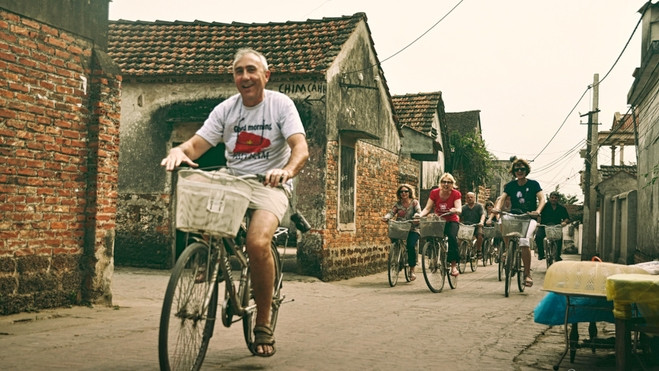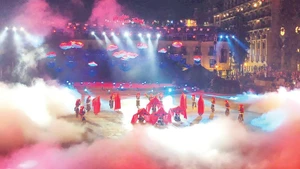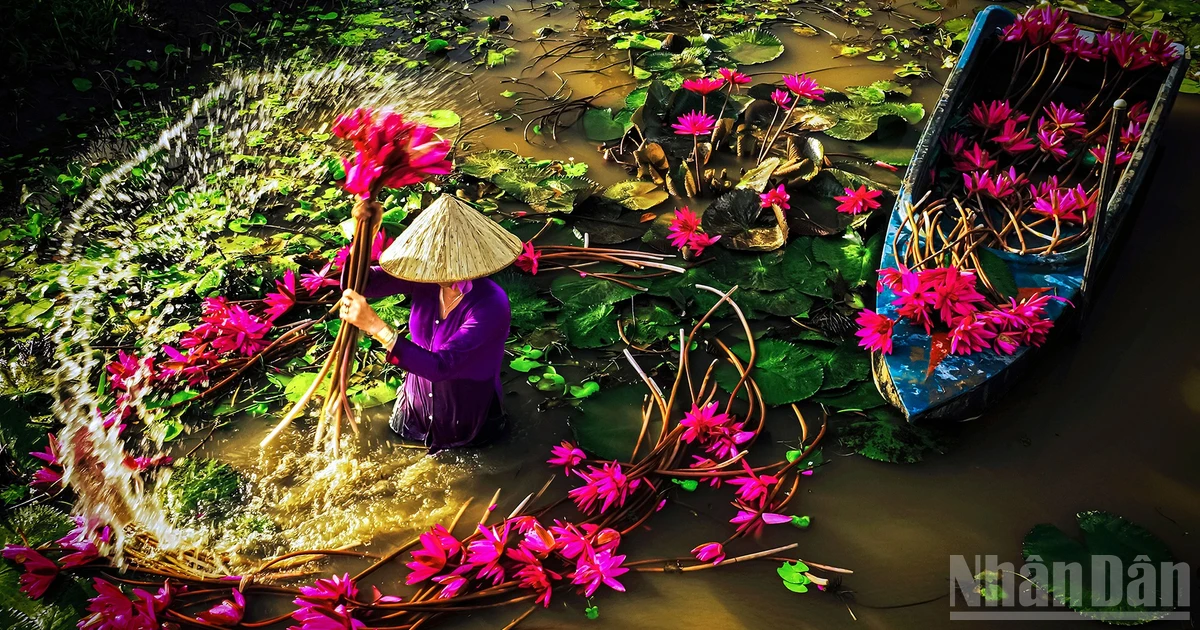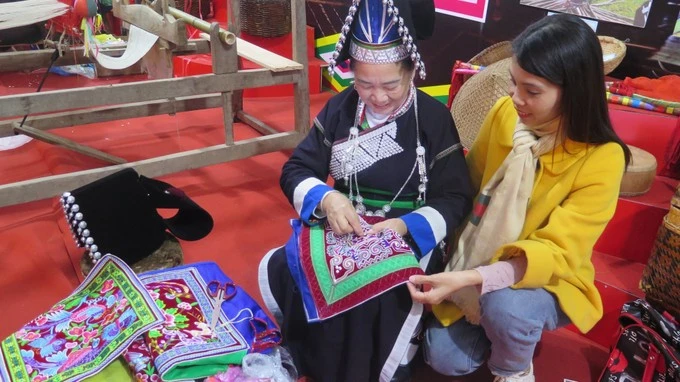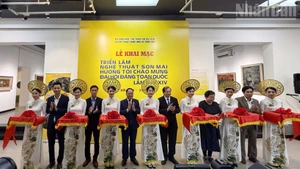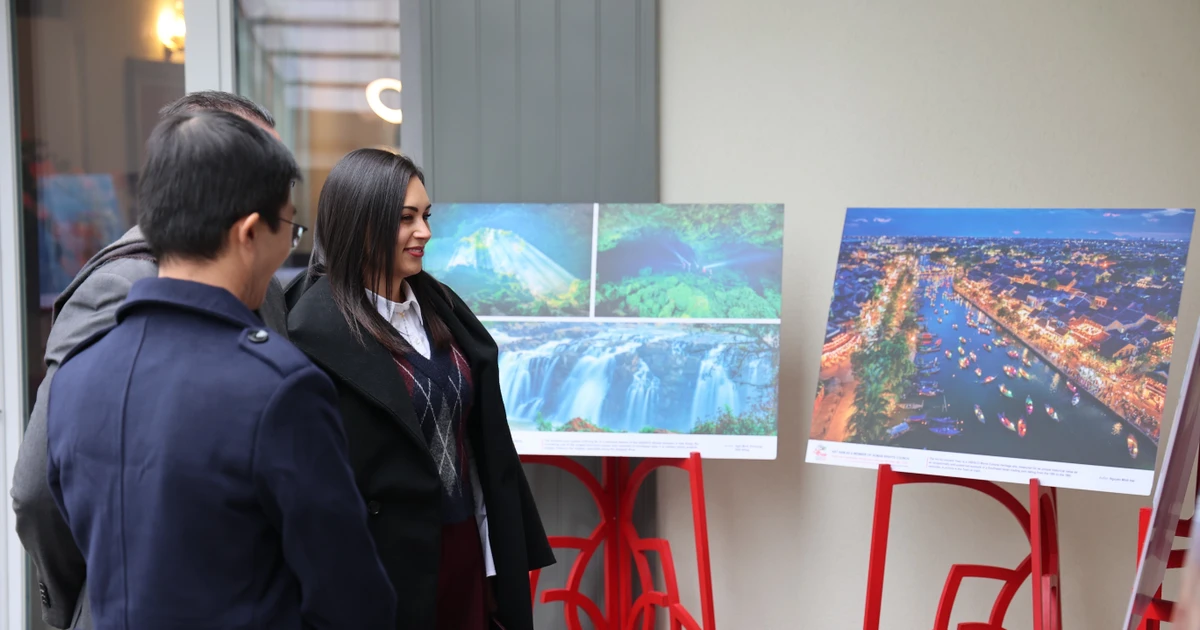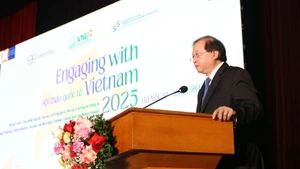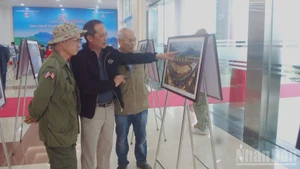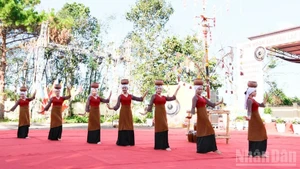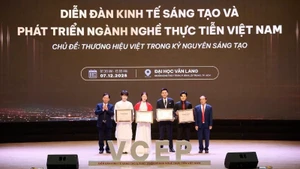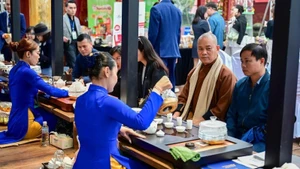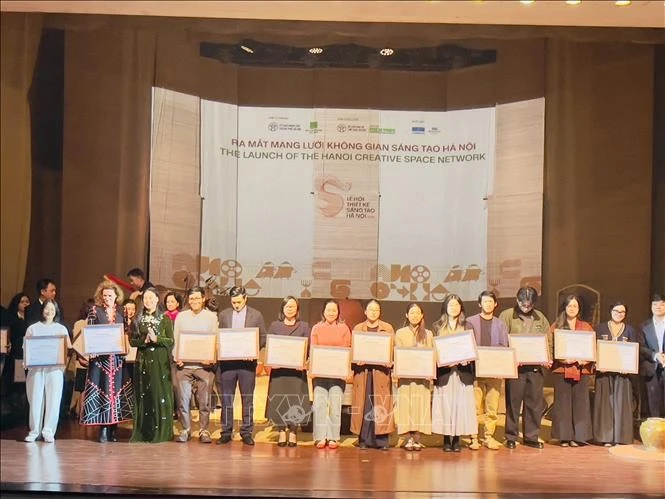A tourist spot in Hanoi’s outskirts
Duong Lam village is the birthplace of Vietnam ’s first two kings – Phung Hung (791-802) and Ngo Quyen (939-944) – who are major figures in the country’s history because of their struggles for Vietnamese independence.
Duong Lam village offers a typical example of the architectural structure and art of an ancient Vietnamese village in the Red river delta region, with symbolic images of a village gate, communal house, banyan tree, and well. Visitors to the village can enjoy the tranquil and bucolic charm of the land and the hospitality of the people there.
It houses seven recognised cultural heritage sites, including temples worshipping Phung Hung and Ngo Quyen, scholar Giang Van Minh (1573-1637); Mia pagoda, Phu temple, and Mong Phu communal house. It is home to more than 960 traditional houses, many of them dating back hundreds of years.
The antique houses were constructed from laterite bricks. Each house features a row of rooms and a tiled roof in the shape of a dragon or kylin. The entrances are made of ironwood and employ typical northern Vietnamese aesthetics.
Thanks to its unique cultural, historical and architectural value, Duong Lam has been spotlighted on the tourist maps of visitors at home and abroad. The village has received much attention investment for its preservation.
According to Nguyen Trong An, deputy head of the village’s management board, Haoi municipal authorities have poured more than VND70 billion in to repair century-old houses there over the past decade.
The Hanoi municipal People’s Committee issued a decision in November 2019 naming Duong Lam ancient village as a tourist site. The village greets more than 10,000 foreigners and more than 120,000 domestic travellers last year.
Promoting the value of Duong Lam ancient village
Tourist activities have brought about changes in the life of this village. A range of services has been opened for visitors. Local specialties have been consumed in larger quantities, the number of jobs and incomes generated from tourism in the village has been increased. However, only a few families in the village are engaging in tourist activities and thereby being benefited from tourism. It is this reason that reveals a basic disadvantage of "community tourism".
Visitors to Duong Lam not only want to visit a specific house but also wish to explore the whole village, its image not built by an individual or a minority of families, but by the joint effort of the entire community. Therefore, no one is willing to preserve the time-honoured value of the ancient village if they are not benefited by it in some way.
The benefit-sharing issue in the community has been exposed as an obstacle in the heritage preservation and tourism development of Duong Lam. Chairman of Duong Lam Commune People’s Committee, Giang Manh Hoang said that the preservation efforts of the village has remained complicated as many families in the “core zone” of its heritage want to construct new houses or redecorate their own, which creates a contrast between the new and the old and affects the overall appearance of the village. Thus, joint efforts and consensus are needed to safeguard the value of Duong Lam ancient village.
Although Duong Lam is a farming community, proper attention has not yet been paid to integrating agriculture and tourism development in the village. Several models to grow fruits, vegetables and flowers have been established to serve visitors, but they need to be duplicated. Local households can also adopt eco-tourism and farm tourism, which can help to attract even more visitors to the village.
